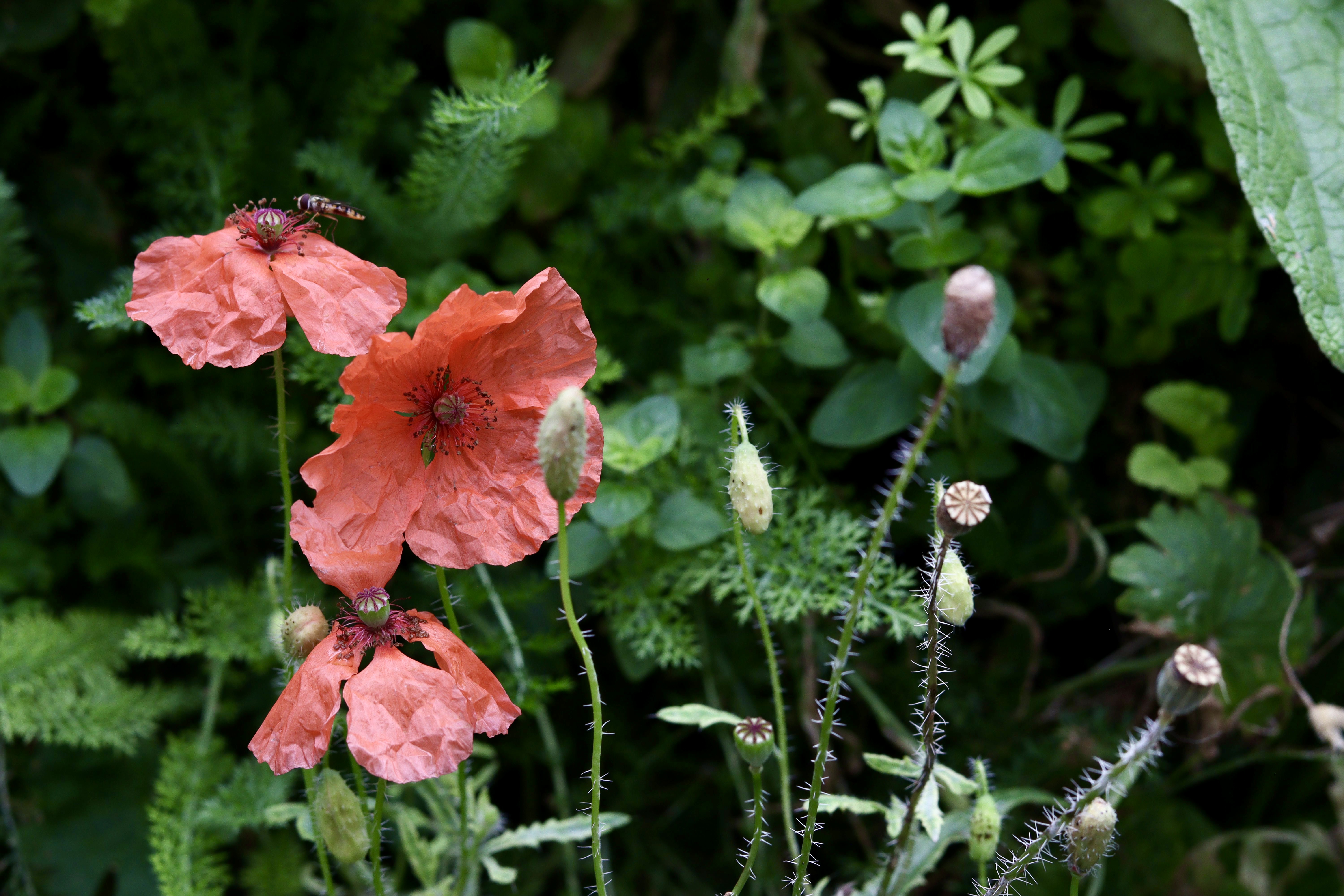Vertical Meadow: Urban Hotspots for a Crucial but Overlooked Pollinator – The Hoverfly
Green & Responsible, Insights & Opinions, Stories, Tech and AI / Sep 23, 2025
Share

We set up Sensibee AI insect-detecting cameras on one of our living walls with The Crown Estate at Spring Gardens in Central London and in a pristine native wildflower meadow near Bath — and found 40 times more hoverflies on our London living wall.
Despite their importance, hoverflies are often overlooked. Yet they are the second most significant pollinator after bees (The Wildlife Trusts, 2025). As The Wildlife Trusts note: “These insects are unsung heroes of many of our ecosystems.”
Hoverflies are ecological multitaskers. Globally, they visit 52% of crops, where they either pollinate directly or protect plants by eating sap-sucking aphids (Doyle et al., 2020). As Dr Erica McAlister of the Natural History Museum explains: “In fact, more than 100 cultivated crops are pollinated by a range of flies, including apples, strawberries, carrots, onions, and bell peppers — not to mention black pepper and coriander.”
At Spring Gardens, the Vertical Meadow has transformed a construction hoarding into a thriving wall of native wildflowers. The project shows how underused vertical surfaces — facades, hoardings, and city walls — can be repurposed to support nature recovery at scale.
Eden at Vertical Meadow explains:
“Cities are full of vertical surfaces — walls, hoardings, facades — that could be working harder for biodiversity. By planting them with native wildflowers, we’re not only making them beautiful, but we’re also giving pollinators the exact plants they evolved alongside, which is critical for their survival.”
Projects like these demonstrate how reimagining the built environment can support overlooked pollinators such as hoverflies — giving them the landing spaces they urgently need. By turning the fabric of the city into habitat, London could become a blueprint for pollinator-friendly urban growth.
This is more than urban greening. It’s an ecological and economic necessity. If hoverflies vanish, so too does a vital part of global food security. The question is not whether we can afford to do this — it’s whether we can afford not to.
👉 For more information about the Spring Gardens Vertical Meadow and the Who Else Lives Here? campaign, visit: whoelseliveshere.com/about